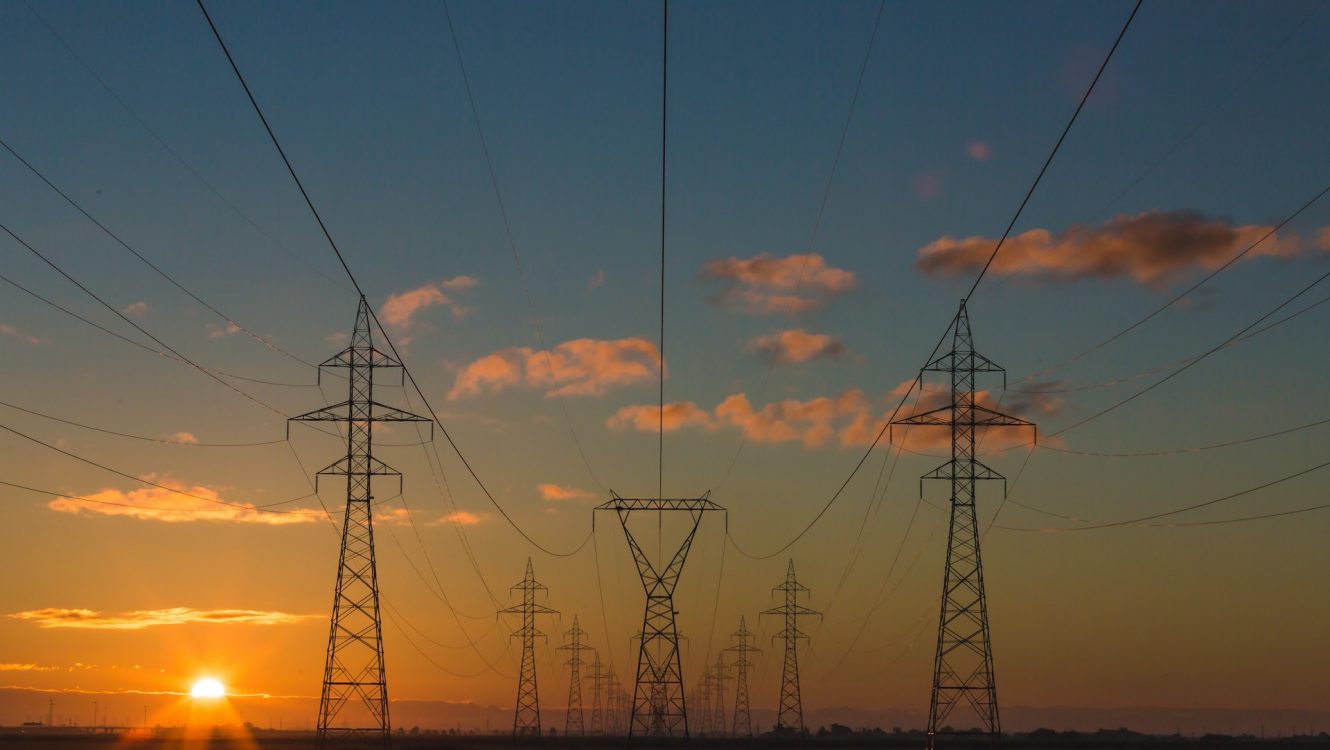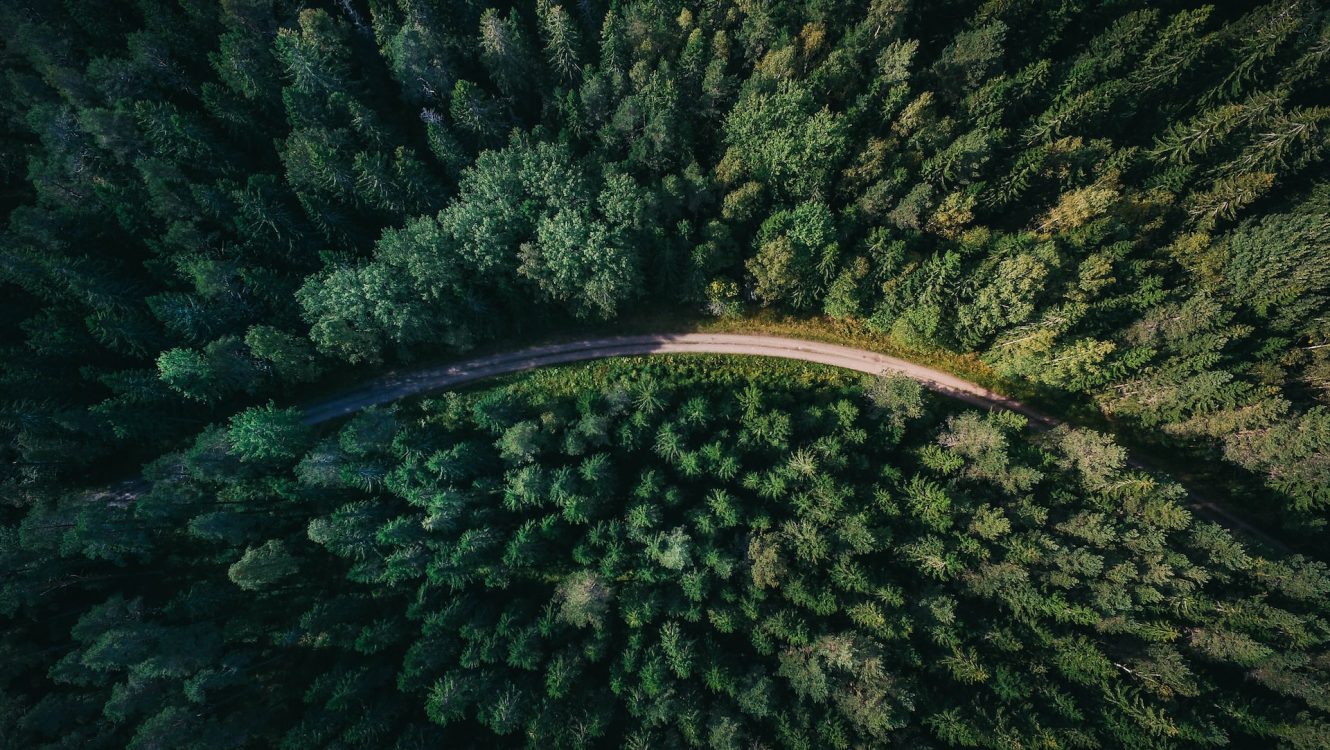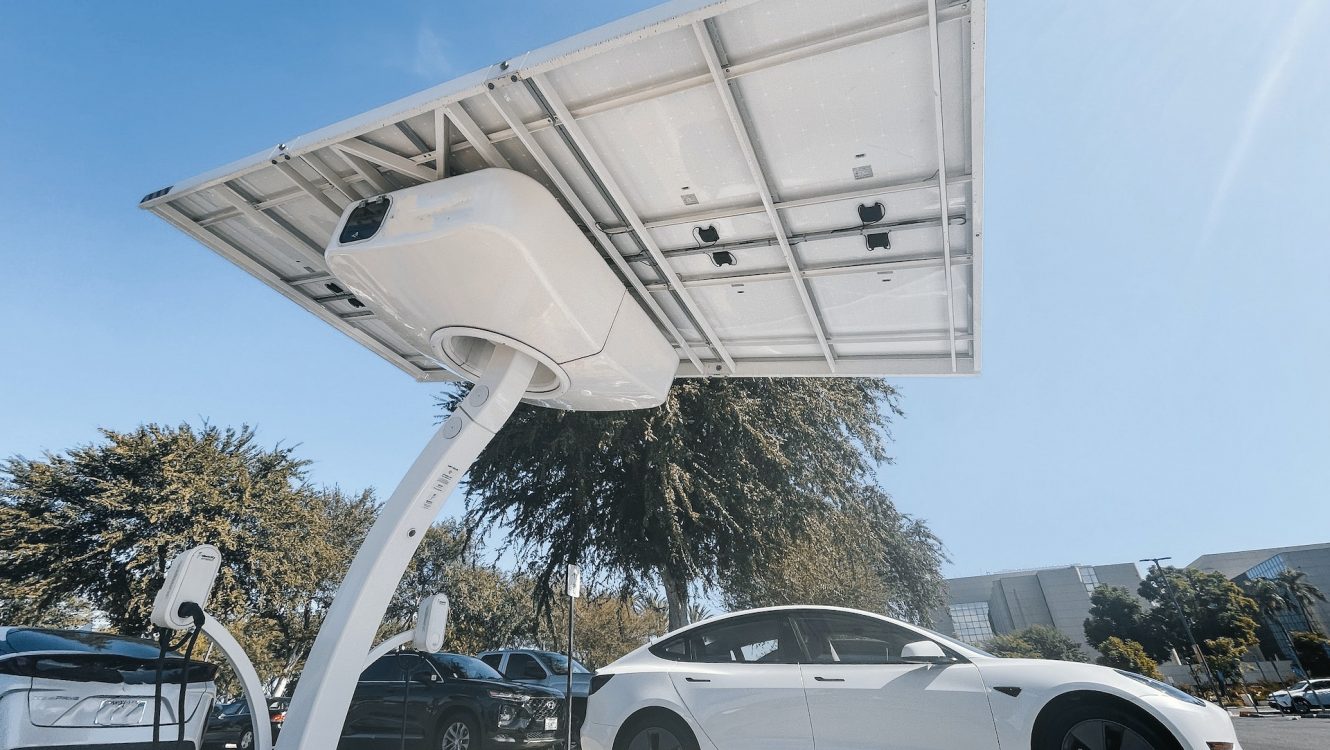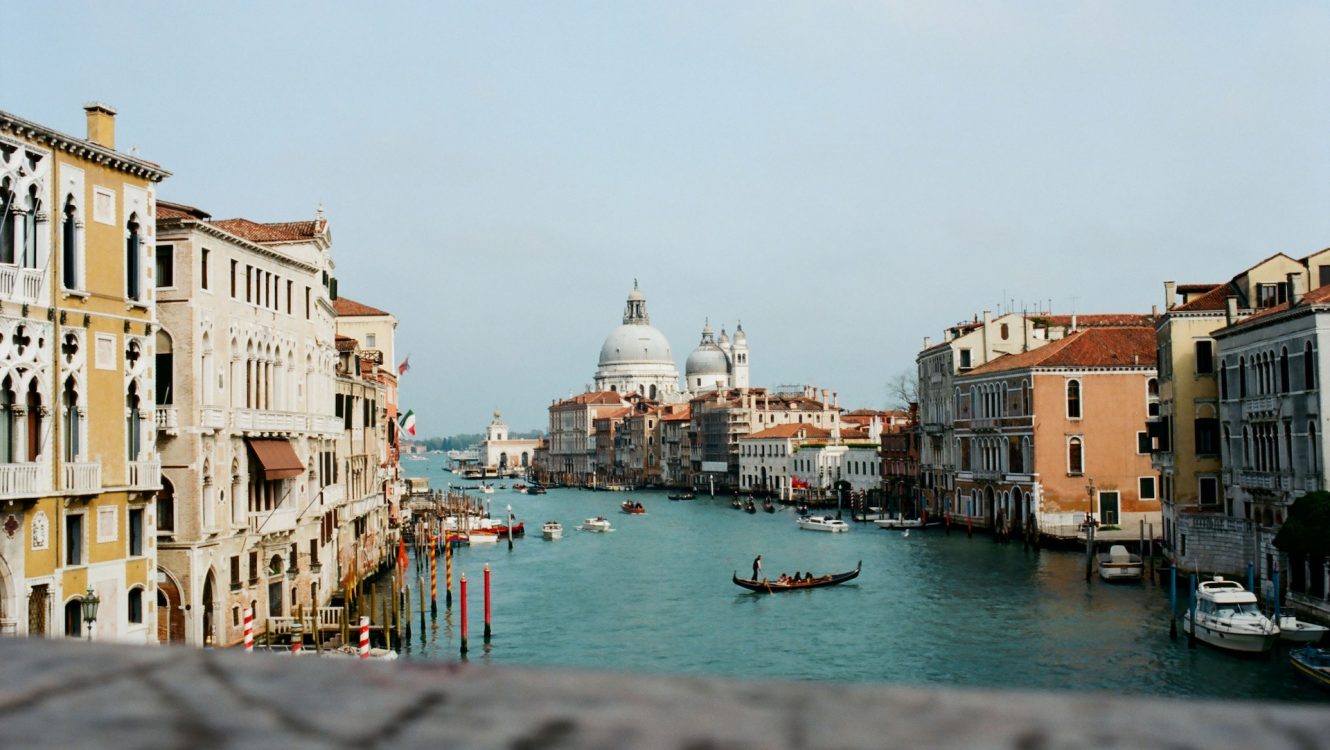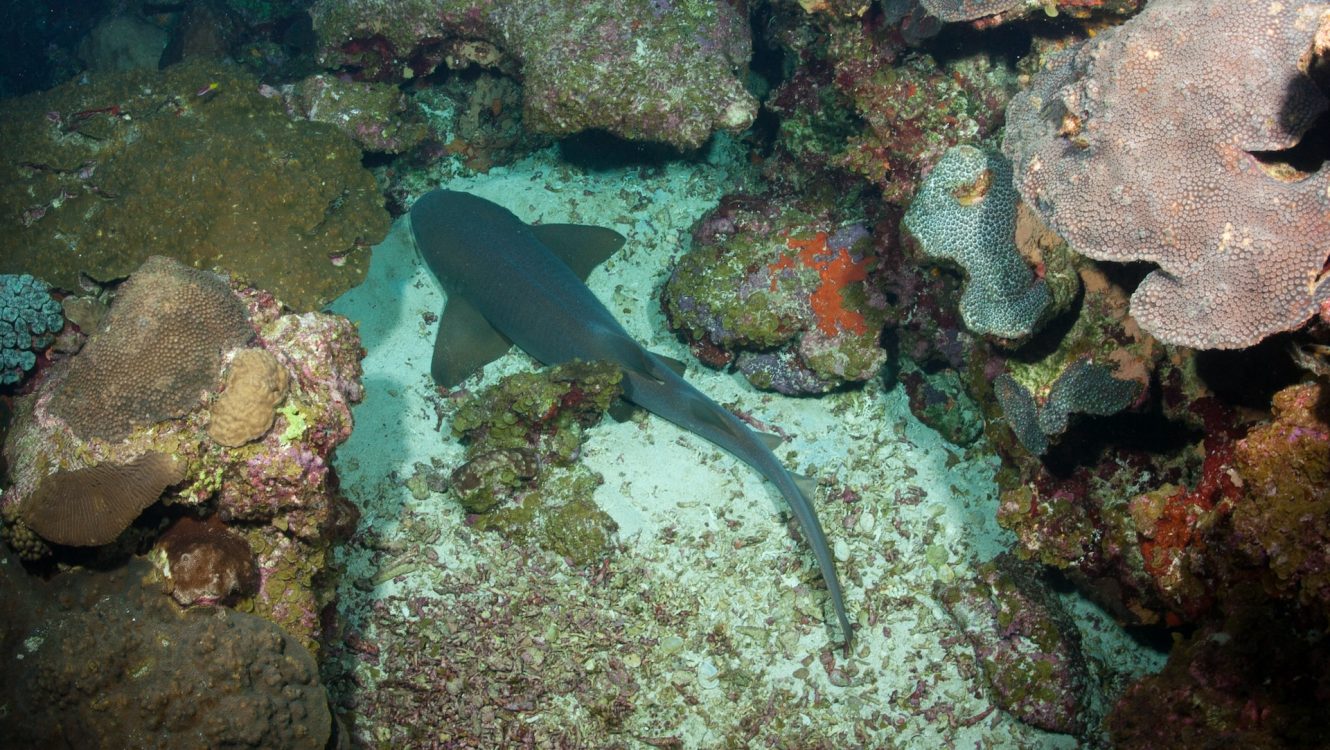Planet at the Brink: New Study Reveals Increased Human Impact on Earth’s Vital Boundaries
In an age of unprecedented technological growth and urban expansion, humanity’s footprint on Earth has reached alarming proportions. A groundbreaking study recently published in Science Advances updates the planetary boundary framework, shedding light on the worrisome trends and pressing need for immediate action.
The Delicate Balance of Earth’s Systems
For a staggering 3 billion years, Earth’s natural equilibrium has been maintained through a delicate dance between life and climate. This balance, encapsulated by the Biosphere Integrity boundary, has been key to the planet’s overall environmental health. Yet, in a relatively minuscule timeframe, human activity has begun to drastically disrupt this balance. From land exploitation and water resource alteration to the introduction of synthetic chemicals and greenhouse gas emissions, the weight of humanity’s footprint grows heavier by the day.
The essence of ensuring a stable future for all life on Earth lies in maintaining these natural interactions. Doing so would prevent triggering severe changes in Earth conditions that could jeopardize the planet’s capacity to support advanced civilizations like ours.
Beyond the Boundaries: Six Alarm Bells Ringing
The nine “planetary boundaries” serve as the global environment’s pulse check, representing the critical components that determine Earth’s stability and habitability. These boundaries help gauge the extent to which human actions are destabilizing our planet.
For the first time, comprehensive metrics for all these boundaries have been presented. Alarmingly, six of them are currently being breached, with transgressions on the rise for almost all, except the degradation of Earth’s ozone layer.
Katherine Richardson, a key figure behind the study, likens this alarming trend to a medical warning. “It’s akin to our blood pressure readings,” she comments. “While crossing the threshold doesn’t spell immediate doom, it’s a stark indication of impending danger.”
Interactions Hold the Key
However, merely focusing on individual boundaries or solely on climate change will not suffice. “To genuinely safeguard Earth from irreversible harm, we must holistically address the intricate interactions between these boundaries,” says Johan Rockström, from the Potsdam Institute for Climate Impact Research.
One of the most significant findings of the study emphasizes the intricate relationship between climate change and biosphere integrity. “Mitigating global warming is vital, but ensuring a functional biosphere is equally paramount,” notes Wolfgang Lucht of PIK.
Biomass and Biodiversity: A Crucial Connection
The increasing shift towards biomass as a substitute for fossil fuels brings the Land Use Change boundary into sharp focus. Interestingly, biomass is a direct product of photosynthesis and forms the energy bedrock supporting biodiversity. The study suggests that humans are now diverting roughly 30% of the energy that was historically available to support biodiversity. This diversion likely plays a significant role in the ongoing biodiversity crisis.

The team introduces a new metric, the Human Appropriation of Net Primary Production (HANPP) – essentially human biomass consumption – to measure the human-induced strain on biodiversity.
A Call for Advanced Earth Modeling
As global leaders grapple with monumental decisions on climate change, like the Paris Agreement’s 1.5°C limit or the 2022 Montreal-Kunming COP15’s commitment to biodiversity, there’s a collective realization that isolated efforts aren’t enough.
Rockström stresses, “The Planetary Boundaries framework offers a roadmap for collective action. This transcends climate concerns, urging us to develop cutting-edge Earth system models and prioritize rebuilding our planet’s resilience.”
Katherine Richardson adds a poignant closing thought: “The hope is that this study acts as a clarion call, urging the global community to limit our impacts, ensuring a flourishing Earth for future generations.”
In a world teetering on the edge of ecological collapse, the time for decisive, informed action is now. Whether we heed these alarm bells or ignore them could very well determine the fate of our planet and future generations.
©globalgreenhouse.eu





